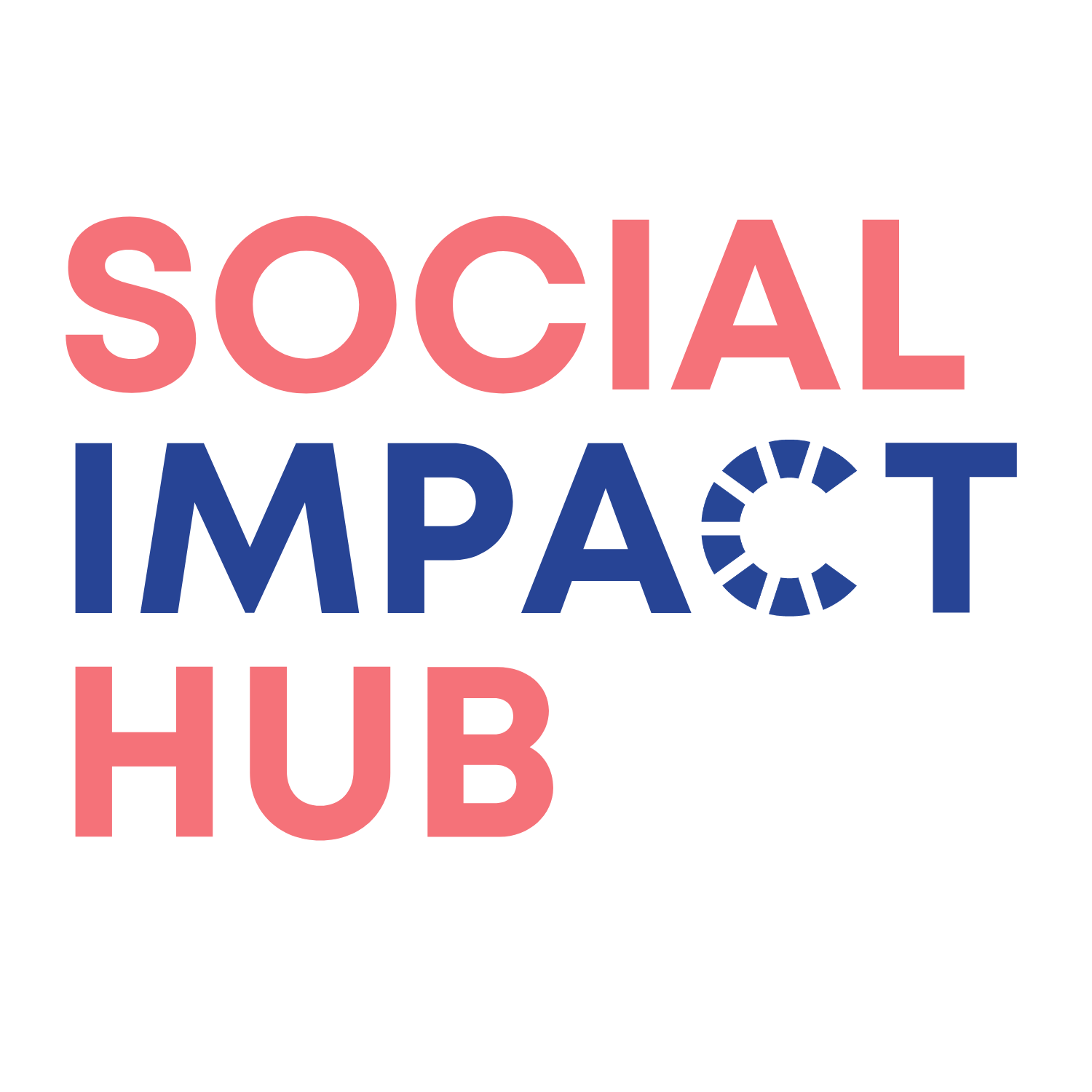A Real Life Toy Story
Did you ever have a favourite childhood toy?
It probably helped you in more ways than you think!
Playing to learn
As children develop in their earliest years, they grow and learn at a very fast pace. From just a few weeks old to the age of three, children will develop new skills and abilities almost every day. Interestingly, a major part of this developmental process is supported by ‘playing’. Play-based learning enables a child to experiment and create new things.[1]
Toys play a vital role in the development of a child’s emotional, cognitive, physical and social skills, and act as a key medium to enable play-based learning.[2] Studies have demonstrated that maternal involvement/closeness and toys are the two most significant factors in a child’s mental development between the ages zero and three.[3] In nurturing this development, a fundamental consideration is the need for appropriate toys for children of this age. As children learn at a high pace in their early years, toys can quickly become boring or inappropriate.
“A play-based learning service focused on disadvantaged children has the potential to be a catalyst for change and empowerment”
Sadly, not all children have access to educational toys as they may live in families with disadvantaged backgrounds. A lack of access to a wide variety of educational toys can put children at a significant disadvantage when they start primary school. Research indicates that this leads to poorer long-term outcomes in relation to a child’s development of cognitive and social skills, which in turn impact educational attainment and employment prospects upon completion of school. Once children fall behind in their skill development it is hard for them to catch up to their peers, and this can contribute to long-term patterns of disadvantage. In this context, a play-based learning service focused on disadvantaged children has the potential to be a catalyst for change and empowerment, contributing to improved social justice and equality in the Australian early childhood education system.
Transformation through toys: Introducing
"..bringing toys into the homes of disadvantaged households."
This is the vision of the Toy Well – a real life Toy Story with the mission of bringing good quality toys into the homes of children who can’t afford them. The brainchild of lawyer and education policy officer Thea Snow, the Toy Well aims to establish a free toy-lending service for disadvantaged families. Our project over the last four months has been to explore how to make this vision a reality and to outline the various ways to roll out the Toy Well services across Victoria and New South Wales.
An enormous amount of research was dedicated to this project, particularly in the initial stages where we quickly realised there were some tough questions that need to be answered: What exactly constitutes social disadvantage? What prevents disadvantaged children from having educational toys? Where are these children located? Do these children already have access to other forms of support and resources? What is the best way to actually provide them with educational toys to enable a better future?
Barriers to play-based learning
After a month of hard work, and our weekly tradition of fish and chips that gave a much needed Omega 3 boost for our brains, we learnt that there are a wide range of variables that contribute to disadvantage - including income, language, unemployment, education and geographical isolation, and many more. We narrowed down these variables to affordability, physical access, and poor language skills as the primary barriers preventing children from accessing toys. We then mapped these variables against geographic communities in New South Wales and Victoria, to identify the suburbs with a high number of households facing these barriers.
Despite the importance of toys in a child’s development and the barriers facing disadvantaged households in providing their child with access to educational toys, we discovered that very few organisations target this issue. Only 40% of the 150 or so Toy Library Australia-registered organisations are located in areas of disadvantage. This represents a significant shortage of support for disadvantaged families, but at the same time, an opportunity for Toy Well to address this gap.
Piloting new opportunities for change
These findings shaped our efforts to identify the best way to provide educational toys to children that are disadvantaged in order to enhance their development. We drafted three pilot options, addressing each of the three identified barriers in both NSW and Victoria. These pilots will be aimed at specific target groups: refugee and asylum seekers, areas with high number of low income households and a large population of children, and rural suburbs with low income. Each pilot will have its own tailored way of sourcing toys, staffing, engaging the public, leveraging existing infrastructure to deliver the toys, and establishing financial sustainability. Ultimately, the end result of these pilots and subsequent scaling, will be to enable disadvantaged children to have toys to play with in their homes.
This project has seen a combination of new learning experiences, numerous roadblocks, and challenges to overcome. As a team, we have worked tirelessly on this project to help bring Thea’s concept into reality – one that has the potential to change thousands of lives well into the future.
[1] Government of WA Department of Health. ‘Child development 2-3 years’ 2012 pp.7.
[2] Goldstein, J. ‘Play in children’s development, health and well-being’ (2012) Toy Industries of Europe.
[3] Bradley, R., & Caldwell, B. ‘Early home environment and changes in mental test performance in children from 6 to 36 months’ (1976) Developmental Psychology, 12(2).
